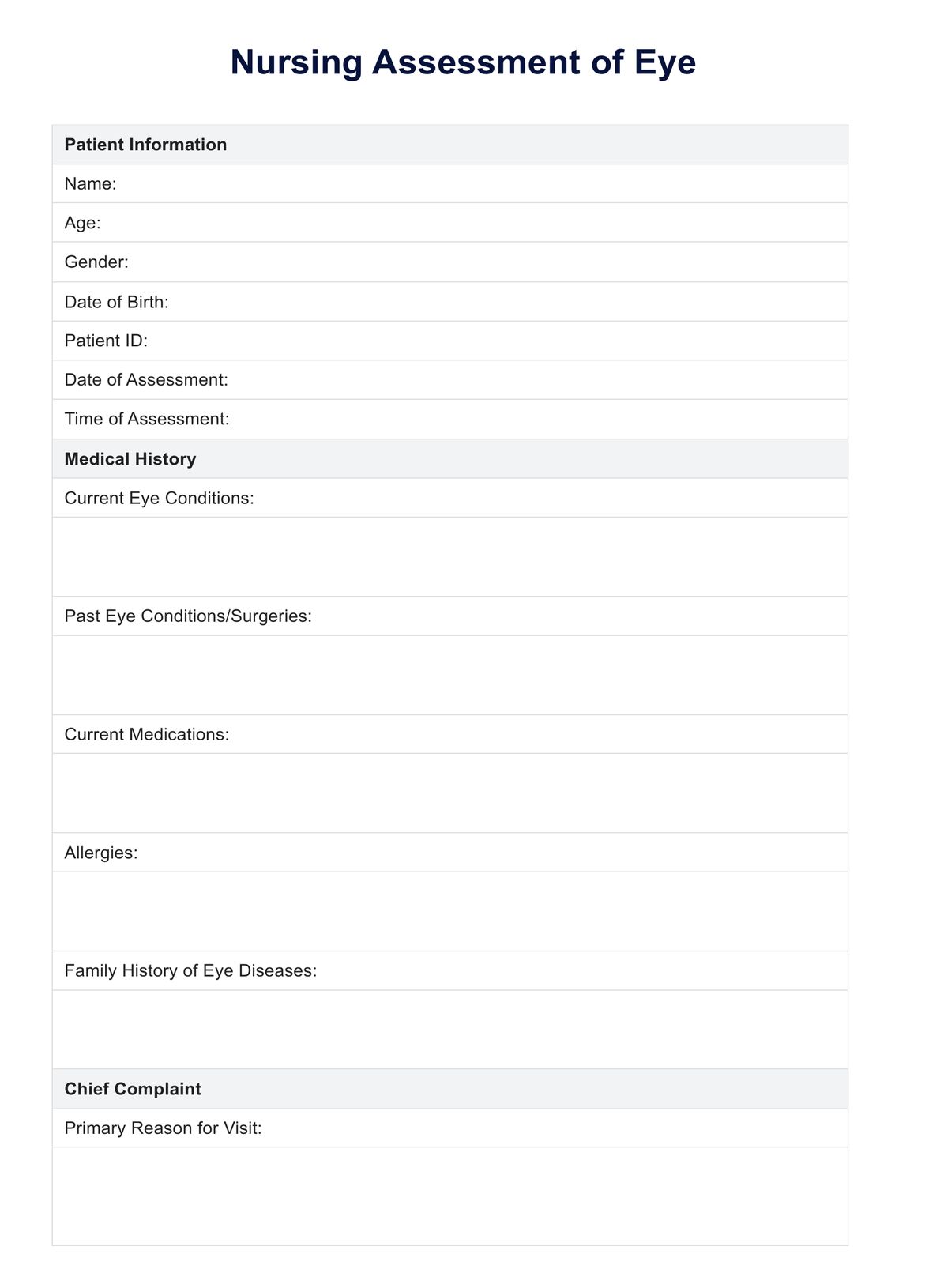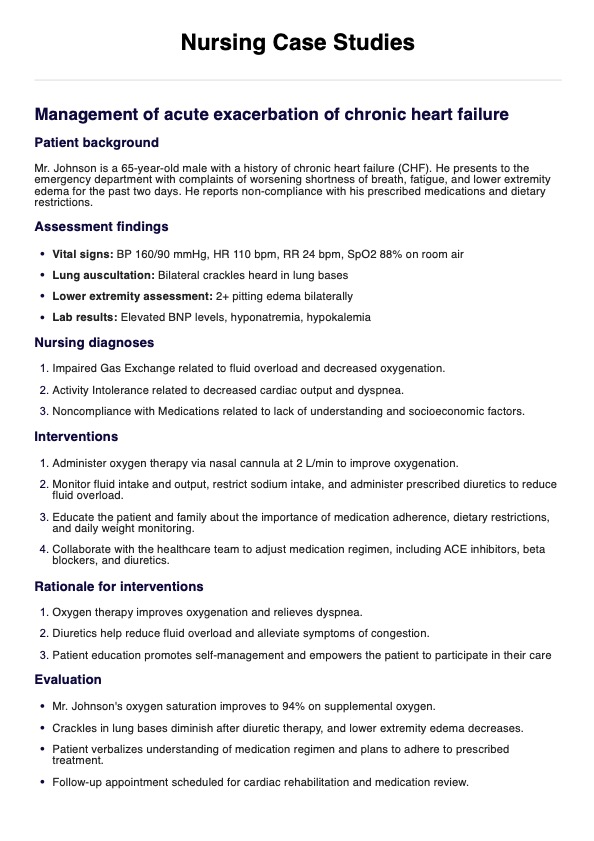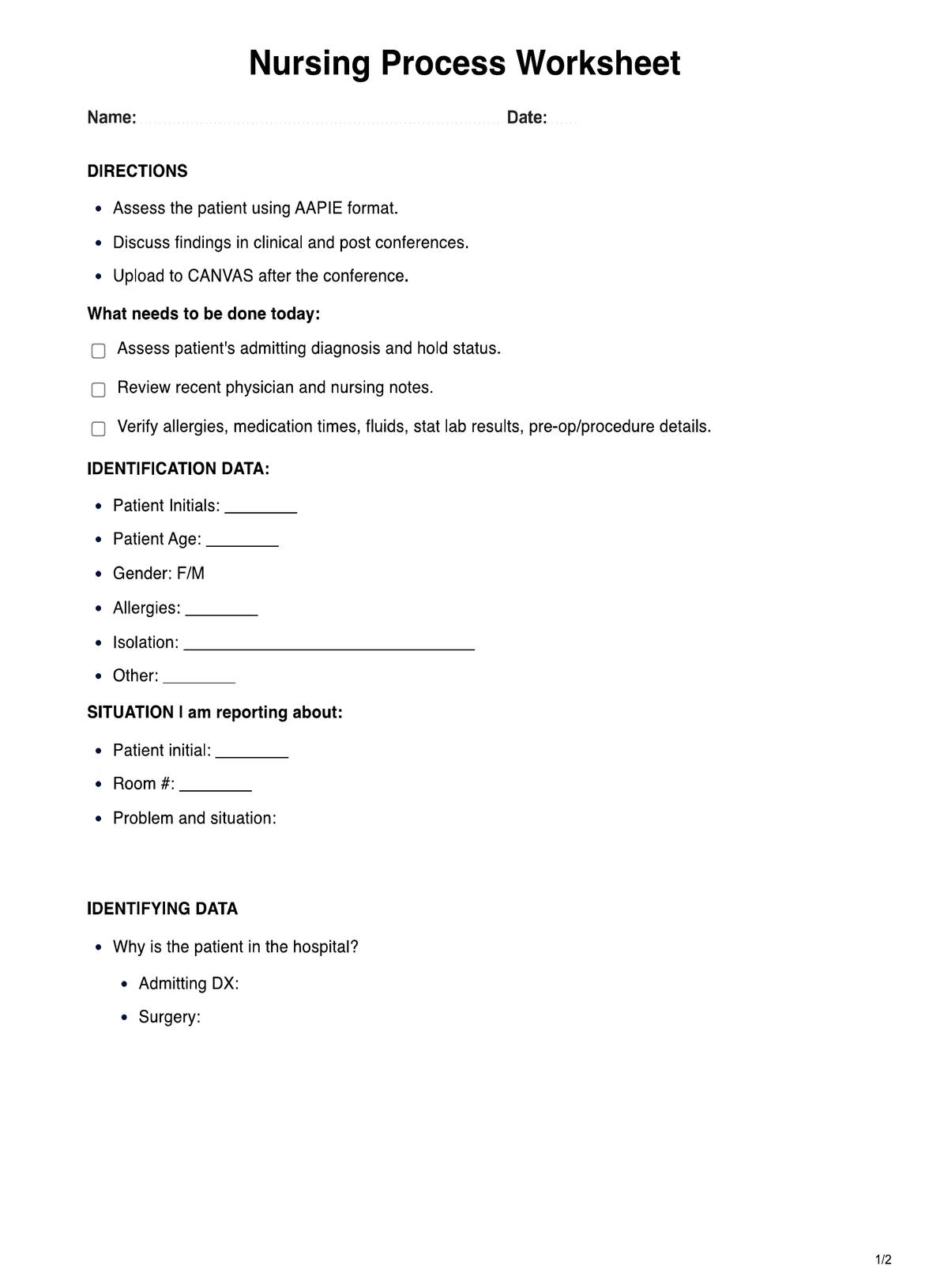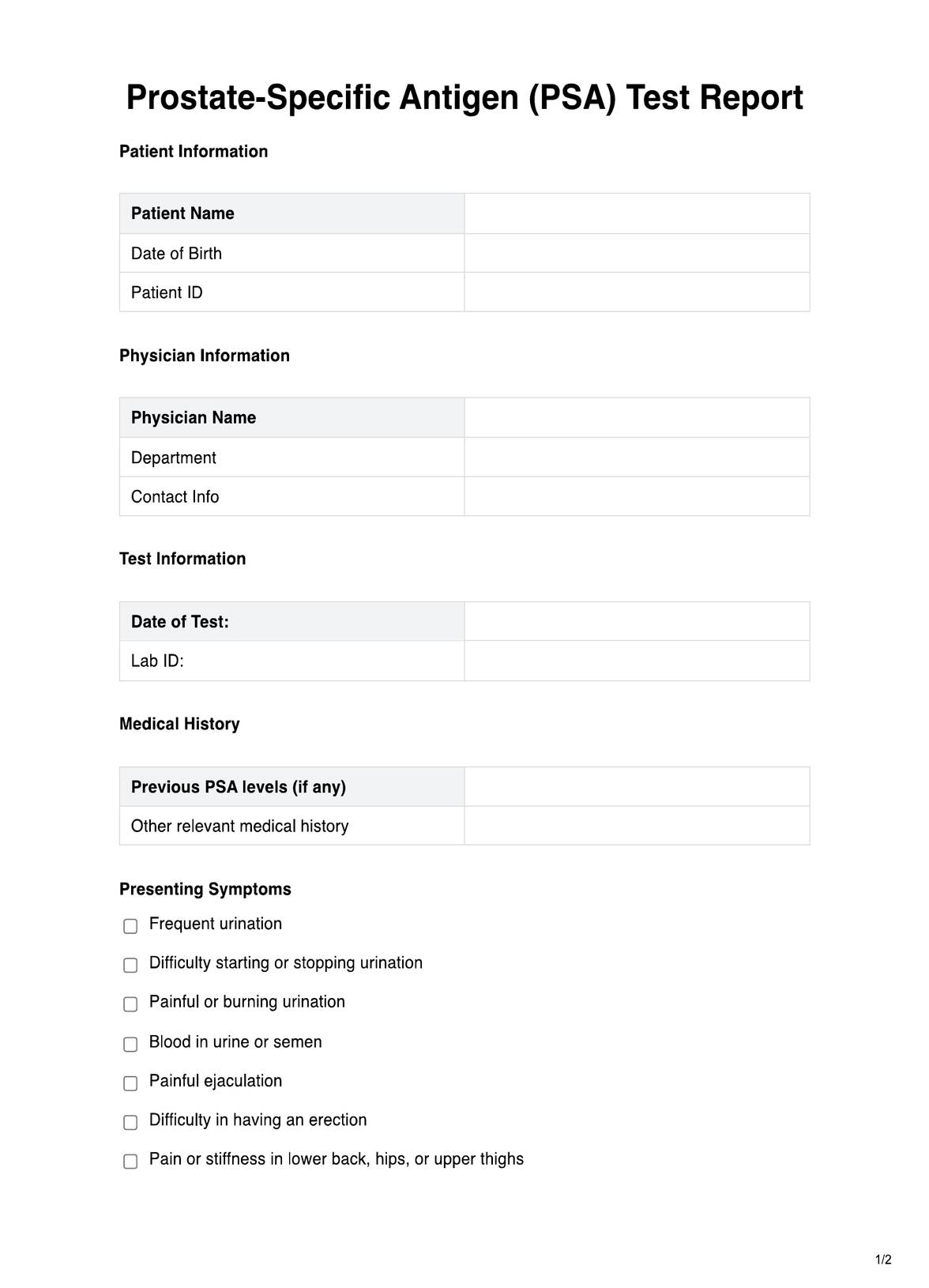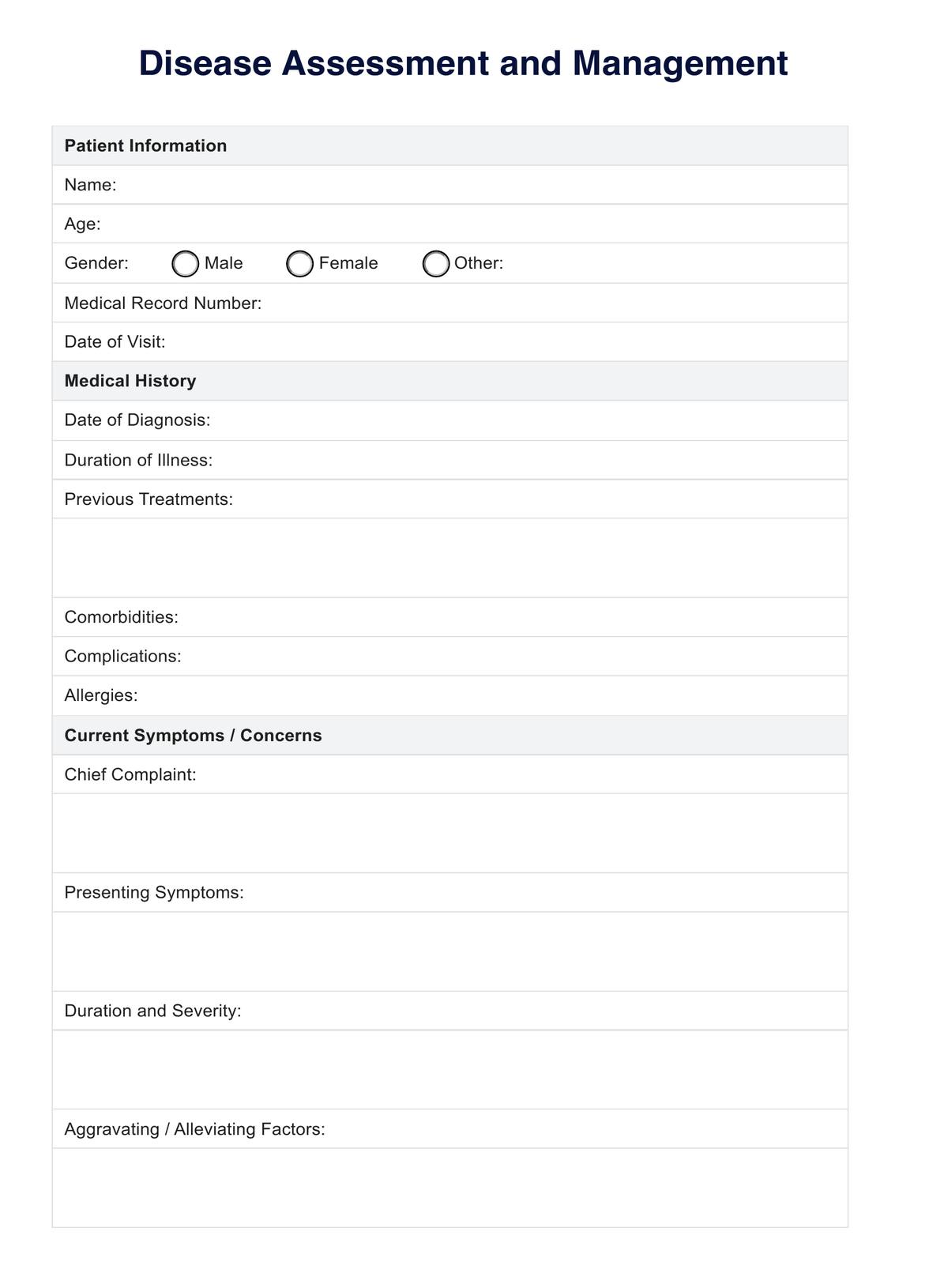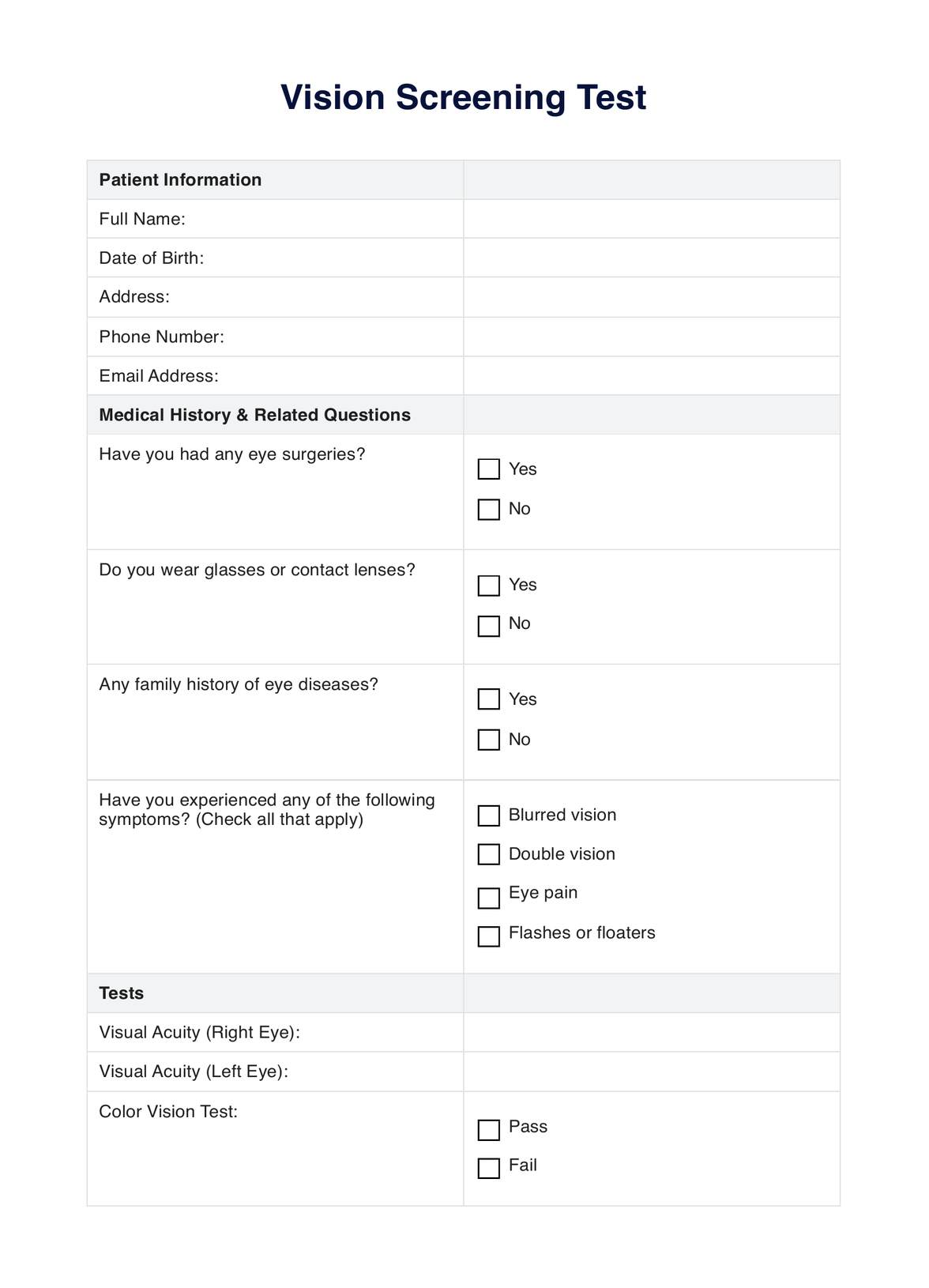Cranial Nerve Chart
Use this Cranial Nerve Chart during a comprehensive examination to track what cranial nerves you need to assess. Learn more about it through this guide.


What are cranial nerves?
Before we discuss what a Cranial Nerve Chart is, let's briefly talk about cranial nerves.
How many cranial nerves are there? Twelve cranial nerves are found in pairs in the uppermost parts of the body, specifically in the brain and other parts of the head, such as the eyes and nose, the neck, and the upper torso. All cranial nerves originate in the brain.
Cranial nerves, like spinal nerves, are among the most essential components of the human body because they are responsible for several of our most vital functions. These cranial nerve functions include sight, hearing, smell, taste, and abilities like swallowing food and making a facial expression. They also influence our balance and equilibrium. Because of these nerves, we can feel sensations tied to our eyes, ears, nose, mouth, and skin.
Here are the 12 cranial nerves:
- Cranial nerve I (olfactory nerve)
- Cranial nerve II (optic nerve)
- Cranial nerve III (oculomotor nerve)
- Cranial nerve IV (trochlear nerve)
- Cranial nerve V (trigeminal nerve)
- Cranial nerve VI (abducens nerve)
- Cranial nerve VII (facial nerve)
- Cranial nerve VIII (vestibulocochlear nerve, sometimes called the vestibular nerve)
- Cranial nerve IX (glossopharyngeal nerve)
- Cranial nerve X (vagus nerve)
- Cranial nerve XI (accessory nerve, sometimes called spinal accessory nerve)
- Cranial nerve XII (hypoglossal nerve)
If something bad happens to these nerves and their nerve fibers, we may develop serious medical conditions. For example, if our optic nerve is damaged, we might go blind. Other possible problems that will arise if our cranial nerves get damaged include loss of balance, increased risk of falling, loss of the sense of smell or taste, weakness, and even difficulties in body coordination and motor functions.
For neurologists and adjacent healthcare professionals, the cranial nerves are important subjects because the status of these nerves can help professionals determine the presence of neurological conditions.
Cranial Nerve Chart Template
Cranial Nerve Chart Example
How to use the Cranial Nerve Chart
Cranial nerves are often assessed as part of comprehensive examinations. Examples of these examinations would be the Nurse Neurological Assessment and the HEENT Assessment, both of which include the examination of the head, including the neck.
In comprehensive examinations such as these, the professionals conducting them will do many things. These examinations often have several tests under them that professionals have to do, like the PERRLA Eye Exam and the Weber and Rinne hearing tests.
Since there's a lot to do, especially when conducting neurological examinations, it would be best if these professionals have checklists or similar resources that help remind them what they've already done and what they still have to do.
This is where the Cranial Nerve Chart comes in. This chart lists all the cranial nerves, what each of them is called, what their functions are, and what professionals need to do to assess them.
For example, let's stipulate that the professional conducting the comprehensive examination has to evaluate the cranial nerves. The first cranial nerve is known as the Olfactory Nerve. This nerve is responsible for smell.
To assess if the Olfactory Nerve is performing its function, they will conduct a smelling test and have the patient smell coffee, cloves, peppermint, etc. The Cranial Nerve Chart lists all of this information for the benefit of the professional conducting the exam. They just need to refer to it when they need to refresh themselves about what to do.
When is it best to use the Cranial Nerve Chart?
As we mentioned earlier, the assessment of cranial nerves is often part of comprehensive examinations such as the Nurse Neurological Assessment and the HEENT Assessment. If you're conducting either of those examinations or if you're conducting a different one that also includes the assessment of cranial nerves, that's the best time to whip out this chart alongside other sheets you might have.
The assessment of cranial nerves is not done at the same time because they're scattered around the head, neck, and upper torso. As you go about your comprehensive examination of your patient, make sure to keep this on standby as you conduct your tests.
Once you're at the point where you have to conduct a test that examines a cranial nerve, make sure to tick the checkbox for the corresponding cranial nerve so you can record that you have accomplished the assessment.
We also recommend taking advantage of the comments boxes on the second page to note your findings specifically for cranial nerves. We have templates for the Nurse Neurological Assessment and the HEENT Assessment, though, even if they have comment boxes, they're divided by segment, and your comments will be based on the overall assessment of the head, the ears, etc. With this chart, at least, it's all about the cranial nerves, so the information you write can easily be organized.
Benefits of this Cranial Nerve Chart template
Here are some of the benefits of the handout
It can be used as a refresher and as an educational handout
The main purpose of this Cranial Nerve Chart is to serve as a refresher for healthcare professionals conducting comprehensive examinations of patients. We all have our days, and it's normal to forget sometimes. Of course, since this is related to medicine, it's best not to forget things at all, so this chart can help remind professionals what they need to do to assess each cranial nerve pair.
This can also be used to educate budding neurologists or adjacent healthcare professionals. The chart can be used as a handout since it tells you the actual name of each cranial nerve instead of mentioning them as just Cranial Nerve I to XII. It also indicates what they do.
It can be used to track which cranial nerves have been assessed
Earlier, we discussed that this Cranial Nerve Chart is just like any other cranial nerve chart that you'll find, whether in medical books or on the internet. We added two things that can be useful for healthcare professionals who are conducting comprehensive examinations that involve the assessment of cranial nerves. One of them is the addition of checkboxes that you can tick whenever you've finished assessing a cranial nerve.
If you're conducting a comprehensive exam, this is a good way to track what you have done if you don't have a specific checklist for the exam.
It can also be used to record observations
The other feature that we have is the comments boxes, where you can jot down all the things that you have observed while assessing a patient's cranial nerves. There's one comment box for each cranial nerve so that all your notes are organized. Since you will likely be passing information to other healthcare professionals on your team, this is also a good way to pass information to them. They can refer to your observations so they know what to consider when conducting their part of the tests.
Commonly asked questions
You can use it as a checklist with sections where you can write down your observations.
Yes. If your team relies on computers to record your information instead of printing copies of the chart, you can still use it. The PDF file has interactable parts, such as checkboxes and fillable fields.
One example is the function of the sixth cranial nerve (abducens nerve), which sends signals to the lateral rectus muscle. These signals help the lateral rectus muscle help our eyes look from left to right.
Cranial nerves transmit sensory information. Spinal nerves connect the spinal cord to other parts of the body, plus they help us feel sensations and allow us to move.


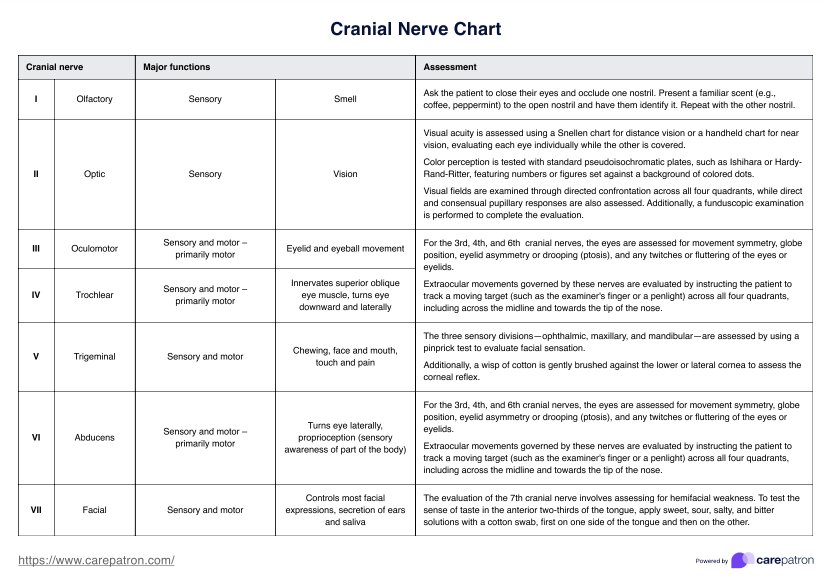
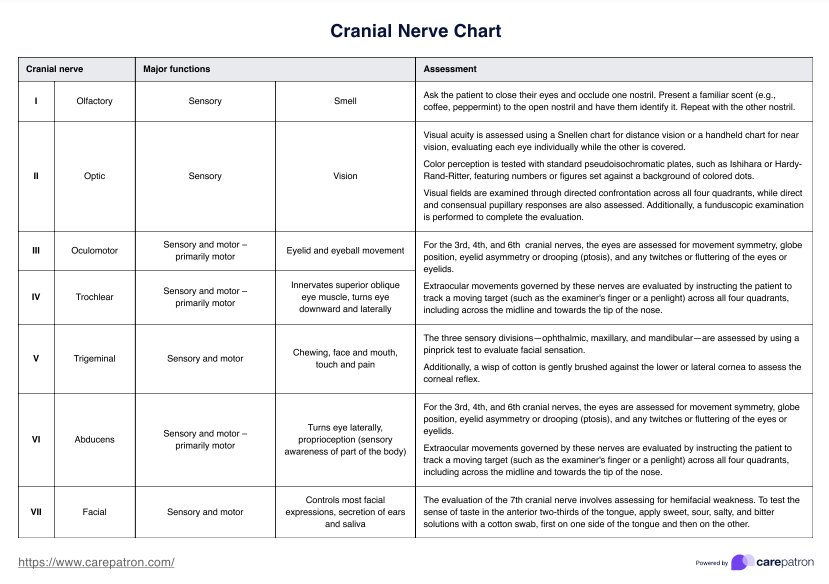

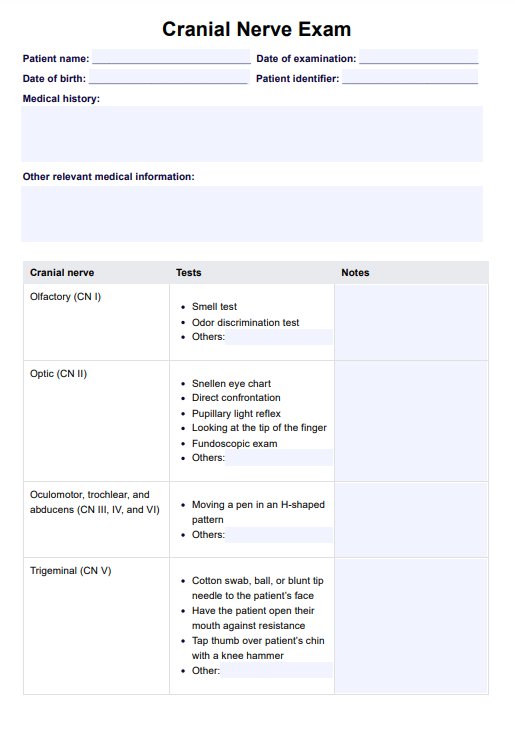
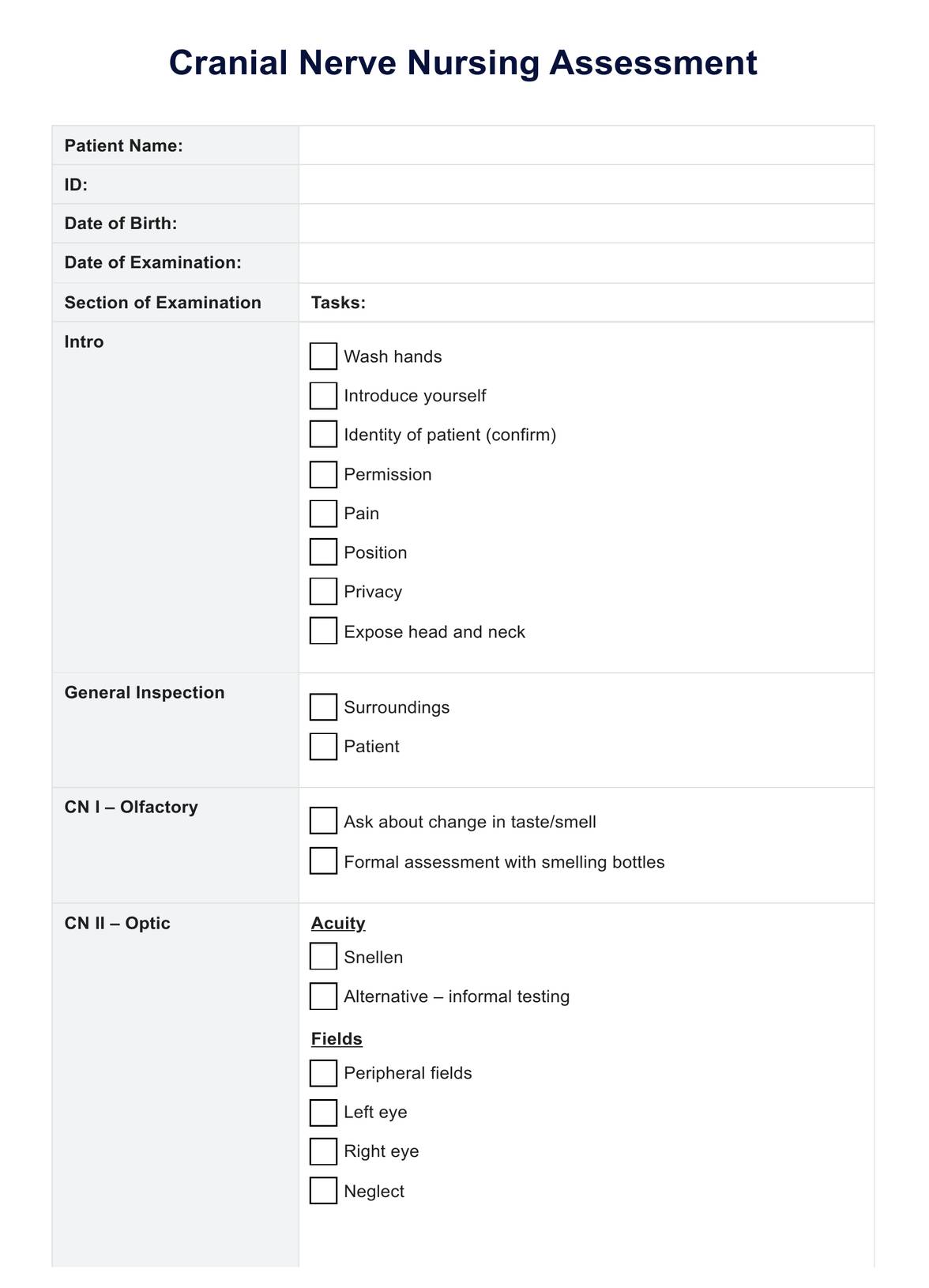
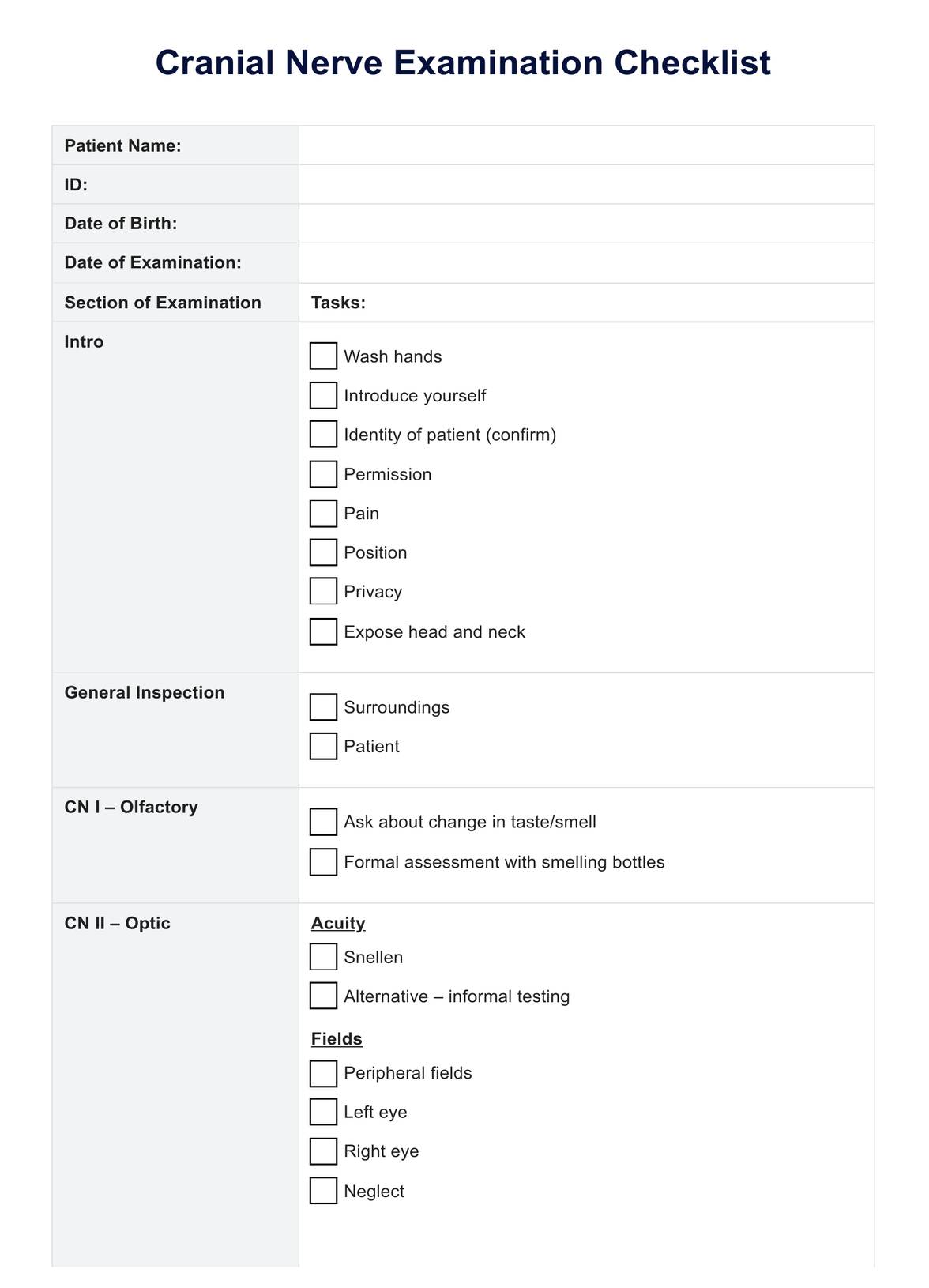

















-template.jpg)

















































































